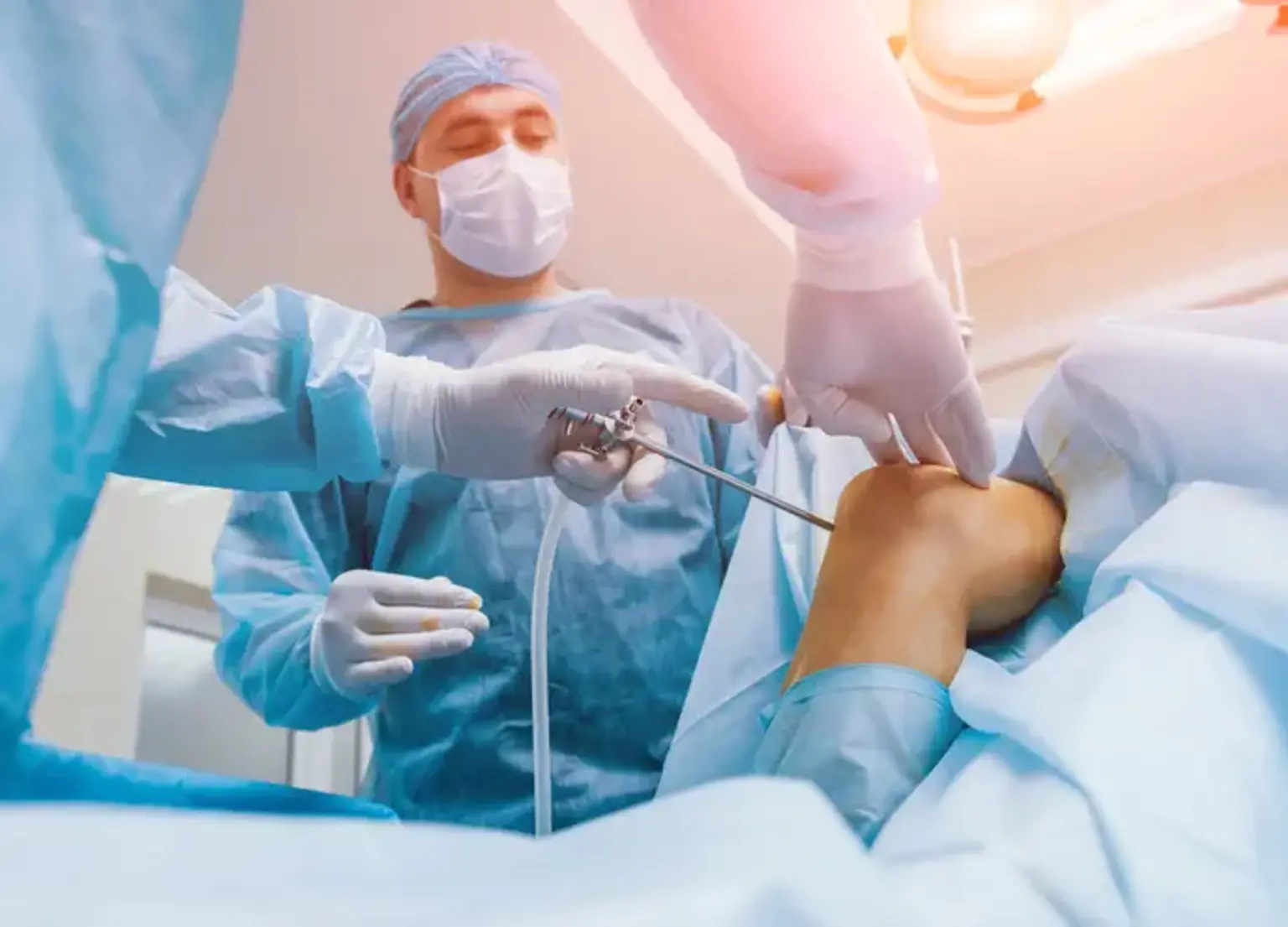Introduction
Reconstructive orthopedic surgery is a specialized field that focuses on restoring function, mobility, and quality of life for patients with musculoskeletal problems. This type of surgery addresses conditions such as severe fractures, joint problems, cartilage damage, and deformities, often caused by trauma, aging, or diseases like arthritis. The goal is to rebuild damaged or deteriorated bones, joints, and tissues to help patients regain normal function and alleviate pain. Whether it involves joint replacement, fracture reconstruction, or cartilage repair, these surgeries can dramatically improve patients' physical abilities and overall well-being.
What is Reconstructive Orthopedic Surgery?
Reconstructive orthopedic surgery involves procedures that repair or replace parts of the musculoskeletal system that are damaged or diseased. Unlike general orthopedic surgery, which may focus on the treatment of acute injuries or conditions, reconstructive surgery is typically used to restore function to patients suffering from chronic conditions or major injuries.
Common procedures in reconstructive orthopedic surgery include:
Joint Replacement Surgery: Replacing damaged joints with artificial implants (e.g., hip, knee, or shoulder replacements).
Fracture Reconstruction: Rebuilding bones after severe fractures, especially in cases where bone healing is complicated.
Cartilage Repair: Techniques aimed at restoring damaged cartilage, which is critical for joint function.
Arthroplasty: Surgical reconstruction of joints, often done when cartilage is worn out due to arthritis.
These surgeries are complex and require careful planning and execution by skilled orthopedic surgeons.
